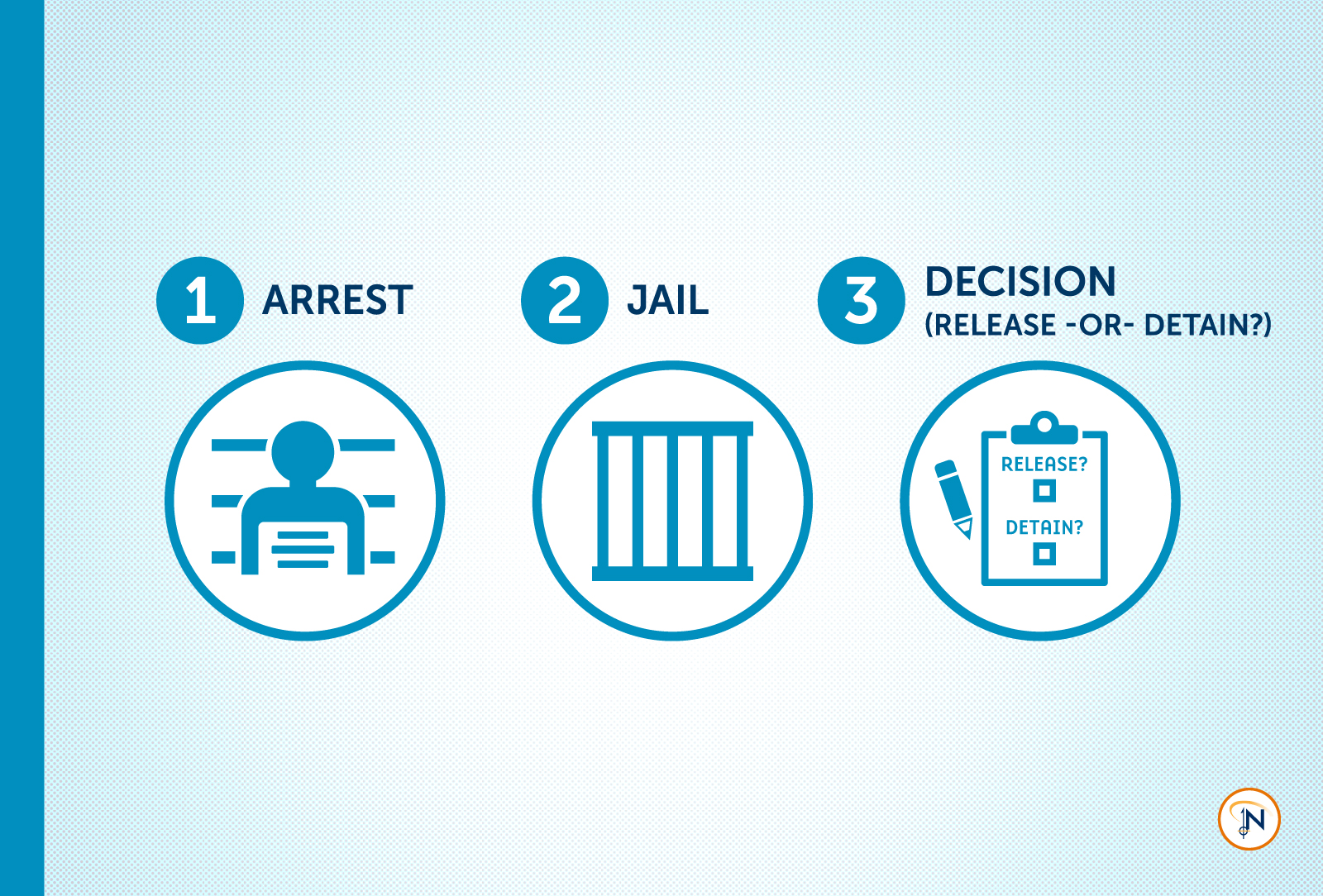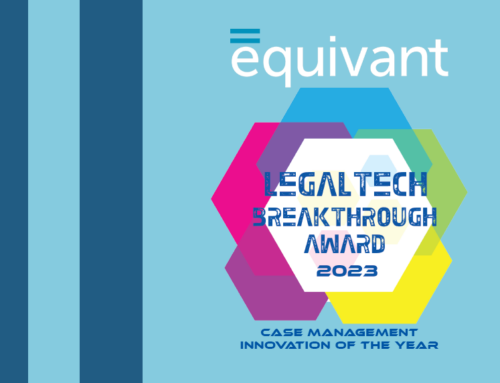The Practice of Pretrial: What Successful Counties are Doing
Northpointe Pretrial • An equivant product

Pretrial practices are seeing upheaval across the country, and as many jurisdictions push for reforms, there is an abundance of information and misconception in the public eye.
For those of us who work in the justice system every day, it’s a good idea to step back and ground ourselves in the basics of pretrial so we can help our stakeholders navigate these changing times.
The Catalyst
Pretrial begins at arrest. In 2017, arrests happened every 3 seconds, with over 10.5 million arrests nationwide. This number hit a 20-year high in 1997 and has been in decline since 2006. ¹
Once an individual is arrested, they enter the pretrial phase of the justice process. The act of an arrest involves an individual in the justice system, typically against their will, but it does not mean they have committed a crime. People who have been arrested are innocent of any crime until a court of law has proven them guilty.
The Decision
It’s up to the local jurisdiction to determine whether to release or detain the individual following arrest. There are numerous factors to consider, and this is where a risk assessment tool, specifically normed and validated on a pretrial population can help provide some evidence-based decision support.
The ultimate goal is to keep the community safe while ensuring the accused will appear in court for the next stage of the justice process.
While the decision essentially comes down to release vs. detain, there are other options in most jurisdictions, including varying levels of supervision. For example, a person whose risk of failure to appear is moderate may be released, but with supervision conditions requiring regular check-ins.
In some jurisdictions, whether to use cash bail is also part of the decision. The cash bail system has been widely criticized for disproportionately burdening the poor without any benefit to public safety. As an alternative to cash bail, many counties are turning to evidence-based practices to advance justice in their communities.
The Challenges
Making the right pretrial decision is critical for accused individuals, their families, and the entire community.
Pretrial incarceration, even for only a few days, can cause the accused person to lose their job, their housing, and their kids. It can cause mental and emotional distress. It can destabilize an already precarious living situation.2 And if it’s perceived as unfair or unnecessary by the community, it can severely damage relations between the justice system and the people they serve.
Conversely, not incarcerating a person who is a danger to others can be just as catastrophic to individuals, families, and the community.
The Way Forward
There is no one-size-fits-all approach to handling pretrial decisions, but successful counties have a few things in common. They:
• Establish a means of collecting data to track progress toward goals and the outcomes of pretrial decisions.
• Use that data to inform policies and procedures.
• Build clear policies guiding release/detain decisions.
• Trust a validated risk assessment and evidence-based practices to guide case-by-case decisions.
• Rely on a pretrial services agency or probation department to administer pretrial supervision services.
Are you in the midst of some pretrial process upheaval? Are you looking into implementing evidence-based approaches? Is your community calling for change? We can help. Pretrial is a complex part of the justice process with no easy answers, but experience teaches us we can keep learning and we can do better.
¹ Number of arrests for all offenses in the United States from 1990 to 2017





